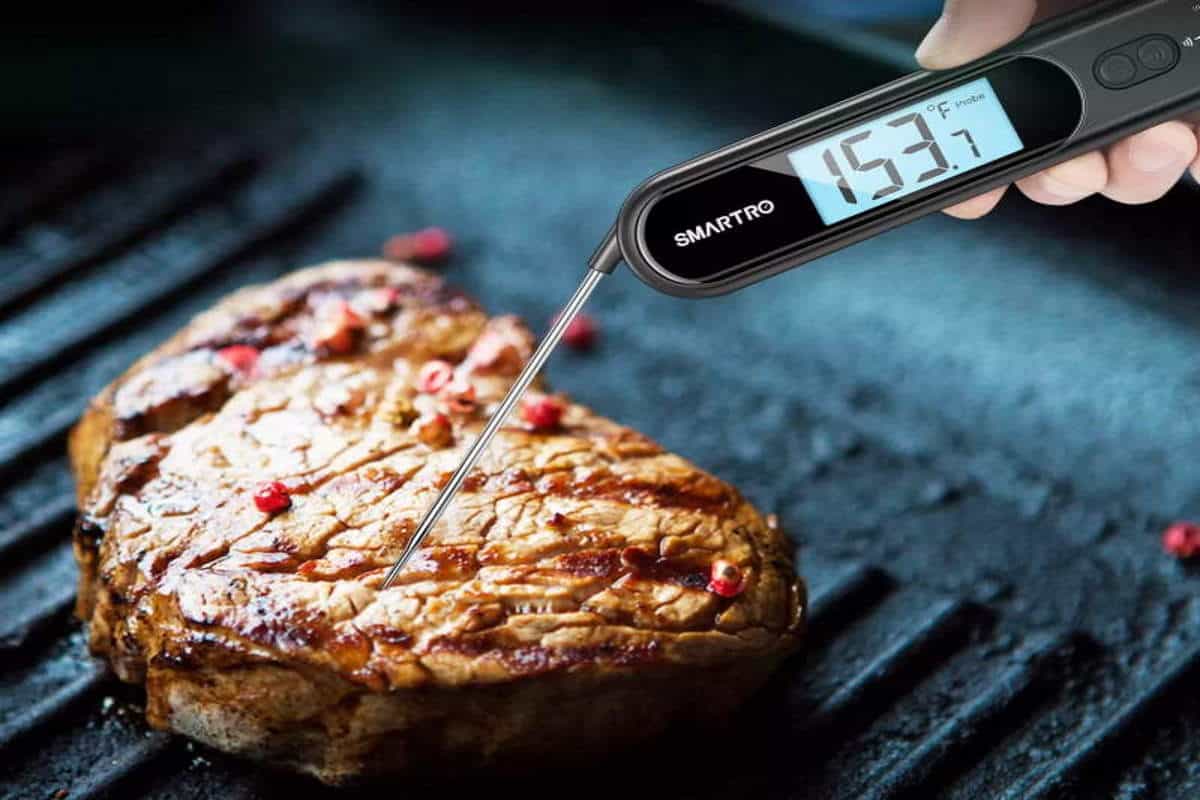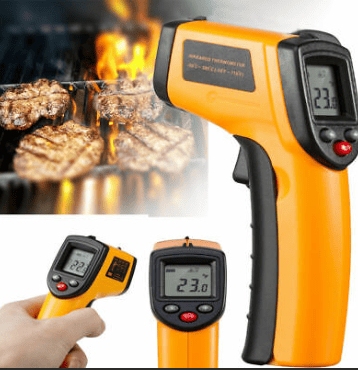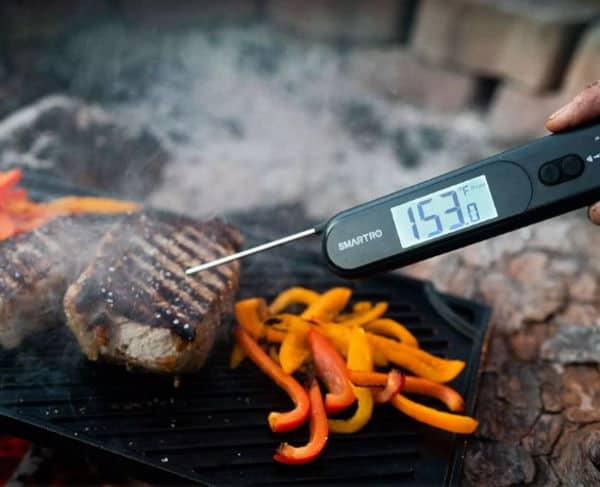
Best Uses for Infrared Thermometers
Infrared technology has been around for ages and used in different industries. There is a wide range of infrared thermometers specifically designed for various purposes. This entry will talk about how infrared thermometers are best used.
Table of Contents
Understanding Infrared Thermometers
To better understand where infrared thermometers are best used, you must know how they work and what makes them different from regular probe thermometers.
The technology behind infrared thermometers is quite complex; however, the concept is simple. Anything in the universe that has mass emits some form of energy in the form of heat. The infrared thermometer can see the difference between the heat on the surface of that particular object and its surrounding environment.
By focusing on the heat/light from the object and funneling it to its detector (thermopile), the infrared thermometer turns heat into electricity, which is then measured within the tool. The amount of energy generated from the light emitted by the object is displayed on the thermometer’s digital screen. This sequence takes place in seconds, making infrared thermometers extremely efficient in gathering temperature data in different applications and scenarios.
Different Types of Infrared Thermometers
As said earlier, different infrared thermometers are specifically designed for various applications and uses. Here are the different types of infrared thermometers and where they are best used.
Spot infrared thermometers

Also known as a pyrometer, the spot infrared thermometer is a compact handheld device that looks like a radar gun. It measures surface temperature and can spot-read temperature in a second or two. It measures the temperature of distant, hard-to-reach, dangerous-to-touch objects.
HVAC technicians commonly use them to measure the ventilation systems of buildings , spot-check temperatures, and find weak spots or leaks.
Another common type of spot infrared thermometer is the non-contact infrared thermometer (NCIT) you usually saw during the pandemic. It measures body temperature by pointing at the forehead to read the skin’s surface temperature. It is highly convenient and efficient, as it can take temperature readings without physically touching anyone.
Infrared Scanner Systems
This type of infrared thermometer is specifically designed for industrial use, particularly for manufacturing plants and conveyors. They work by scanning items on the conveyor belt (glass, metal sheets, etc.) to check their quality and look for controlled weak spots.
Infrared Thermal-Imaging Cameras
This type of camera reads radiation (heat) in large areas and shows its reading via a two-dimensional image of the site. This camera requires software and hardware to work and displays temperature readings in real-time. They are commonly used in airports to check the temperature of passengers upon departure or arrival. They are also used for reading the temperature of items and buildings.
Infrared Cameras for Cooking
Most commercial kitchens and restaurants have different types of thermometers in their arsenal, and each type has its specific purpose. Most people don’t know this, but chefs and cooks also widely use infrared cameras to spot-check meals and ensure they stay at their desired temperature throughout the day.
Buffet restaurants, for example, use infrared cameras to help keep their several courses of food warm and safe for consumption.
By simply pointing the infrared gun, you can measure the temperature of your food. At the same time, you can monitor the food temperature to avoid overcooking or undercooking without the hassle of poking it with a probe and burning your fingers.
Since you can use this thermometer to measure the temperature of extremely hot and hard-to-reach objects safely, they are ideal for checking the temperature of the oven, grill, and pan. This thermometer can help ensure an even heat inside the oven, which is vital for baking. And by measuring the surface temperature of the pizza’s crust and toppings, pizza chefs can determine how ready their pizzas are and avoid undercooking them. The same goes for grilling, as this thermometer will help you keep an even temperature throughout your grate.
An infrared thermometer is also better for deep frying than a stem thermometer or to ensure the iron pans and skillets are ready for searing.
For big restaurants and commercial establishments requiring huge refrigerators and freezers to keep their goods, infrared thermometers can provide the most accurate temperature reading, which is way better than dials calibrated from numbers 1 to 5.

Other uses of infrared thermometers at home
An infrared thermometer isn’t only for measuring your body temperature and kitchen use. It is also beneficial for at-home maintenance and repairs.
Automotive Repairs
The engine bay can get pretty hot, and when you are tinkering with your car, it pays to know which component is too hot to touch. Moreover, taking the temperature of your engine can help you find the problem that needs repairing and determine overheating issues to prevent breakdowns. They are often used to test for blockages in the radiator, measure the temperature of the belt and pulley, diagnose misfires in the cylinder (through exhaust manifold), detect excessive heat in the braking components, test HVAC (outlets, inlets, output vents, condenser, and supply lines), etc. This is why an infrared thermometer is one of auto mechanics’ fundamental diagnostic tools.
Backyard Safety
The scorching heat of the summer can make metal components in your backyard’s playset too hot for the kids. And it will take a second or two for them to get contact burn from sitting, grabbing chains for swings, or sitting on metal slides. This thermometer can help determine whether the toys or playsets are safe for the kids.
Spot Insulation Weak Spots
If you are experiencing an unusual surge in your heating bill, check your home’s insulation system for any weak spots. Any holes or leaks in your insulation can cause trapped heat to escape; the opposite will happen during the summer. An infrared thermometer can help you find and pinpoint where these weak points are and where you can repair and improve your insulation system.
2 Comments
Comments are closed.
Discover Other ChefsTemp Products
Discover more recipes and learn kitchen tricks by joining our cooking family on Facebook.
You may also like:
















[…] important to remember that the above benefits come as a result of using the infrared thermometer correctly. Take note of the best practices for using this tool to ensure the accuracy of readings. For […]
[…] primary benefit of using an infrared thermometer is the ability to read temperature at a distance. It’s an excellent choice when contact with the […]